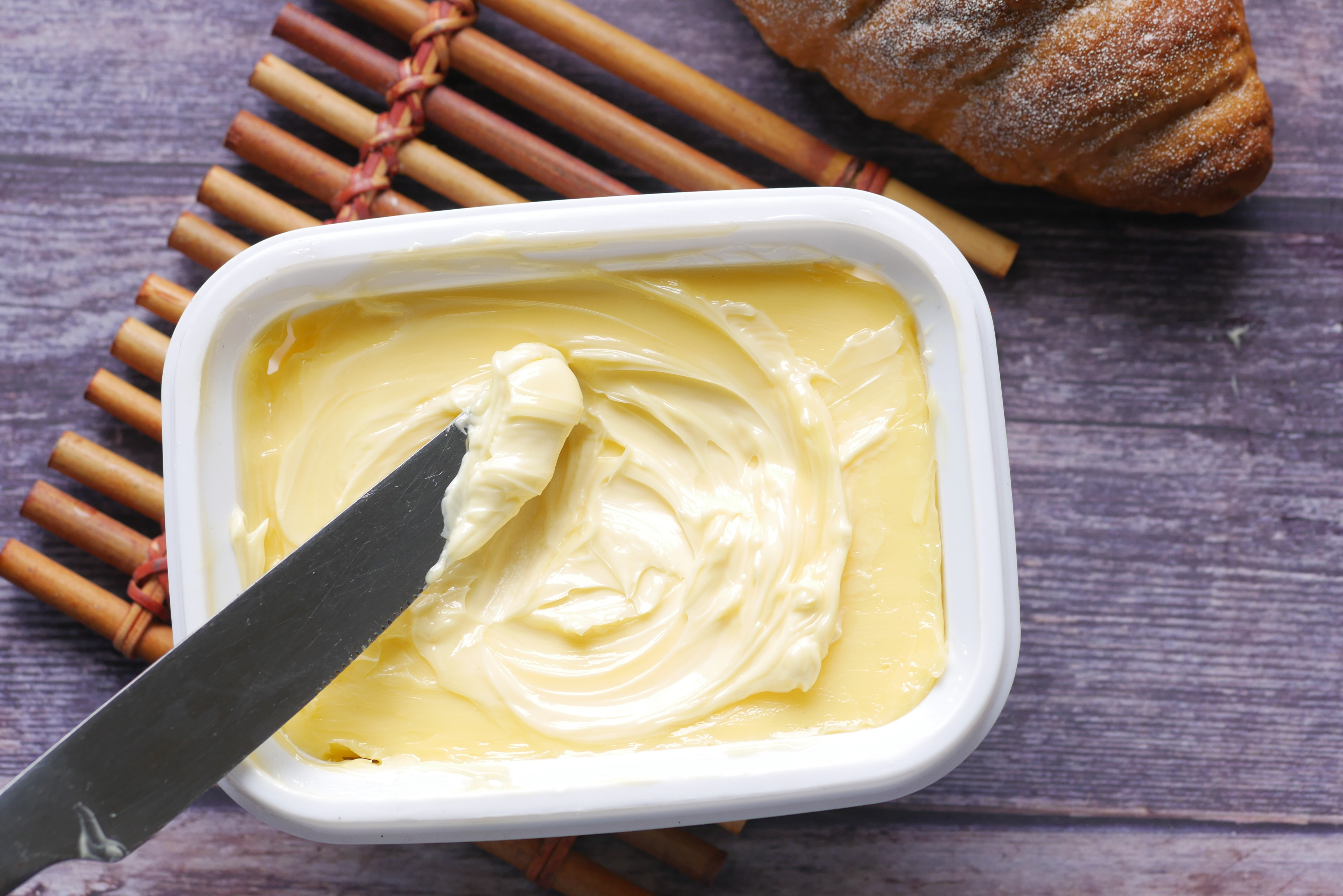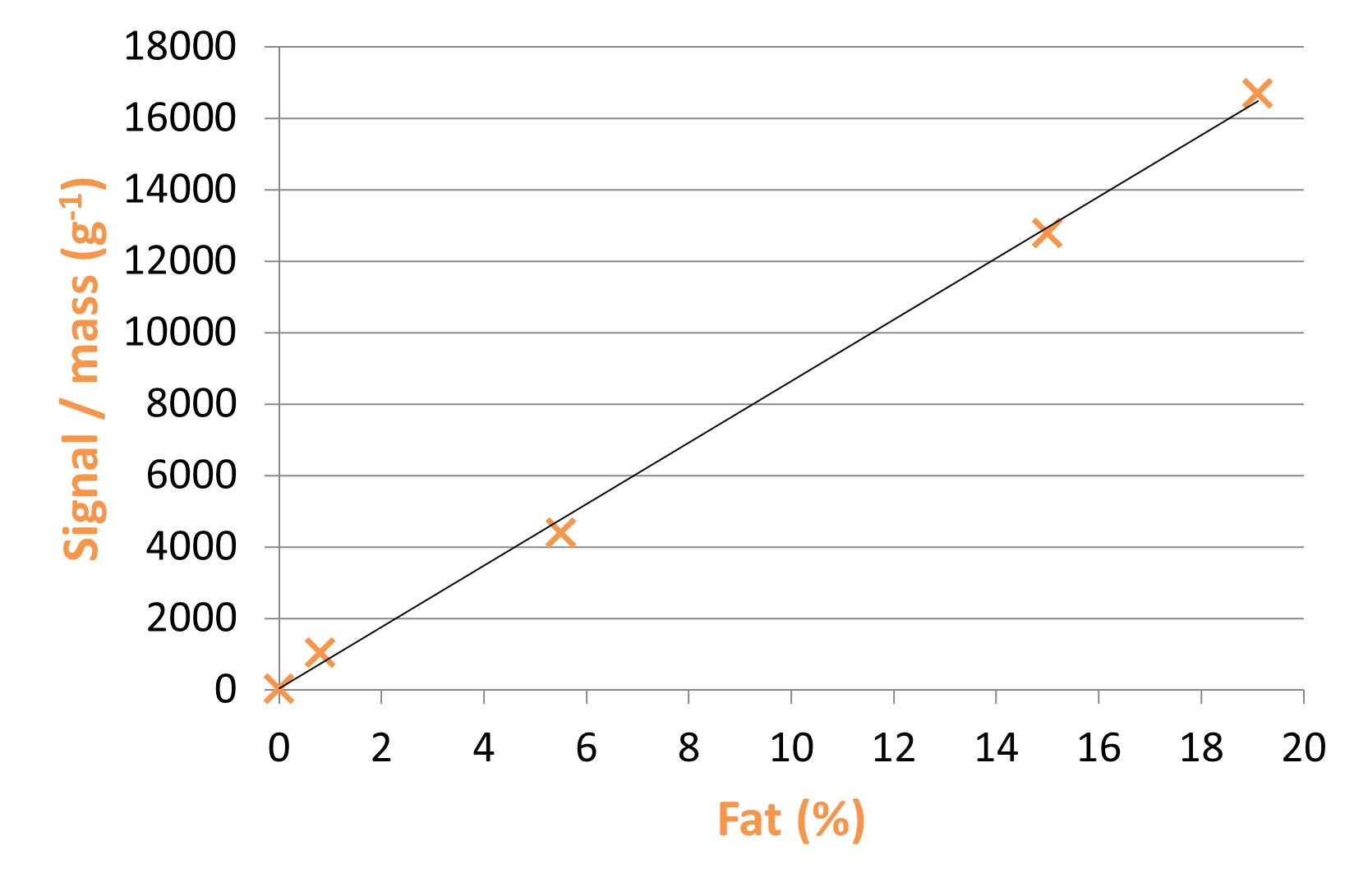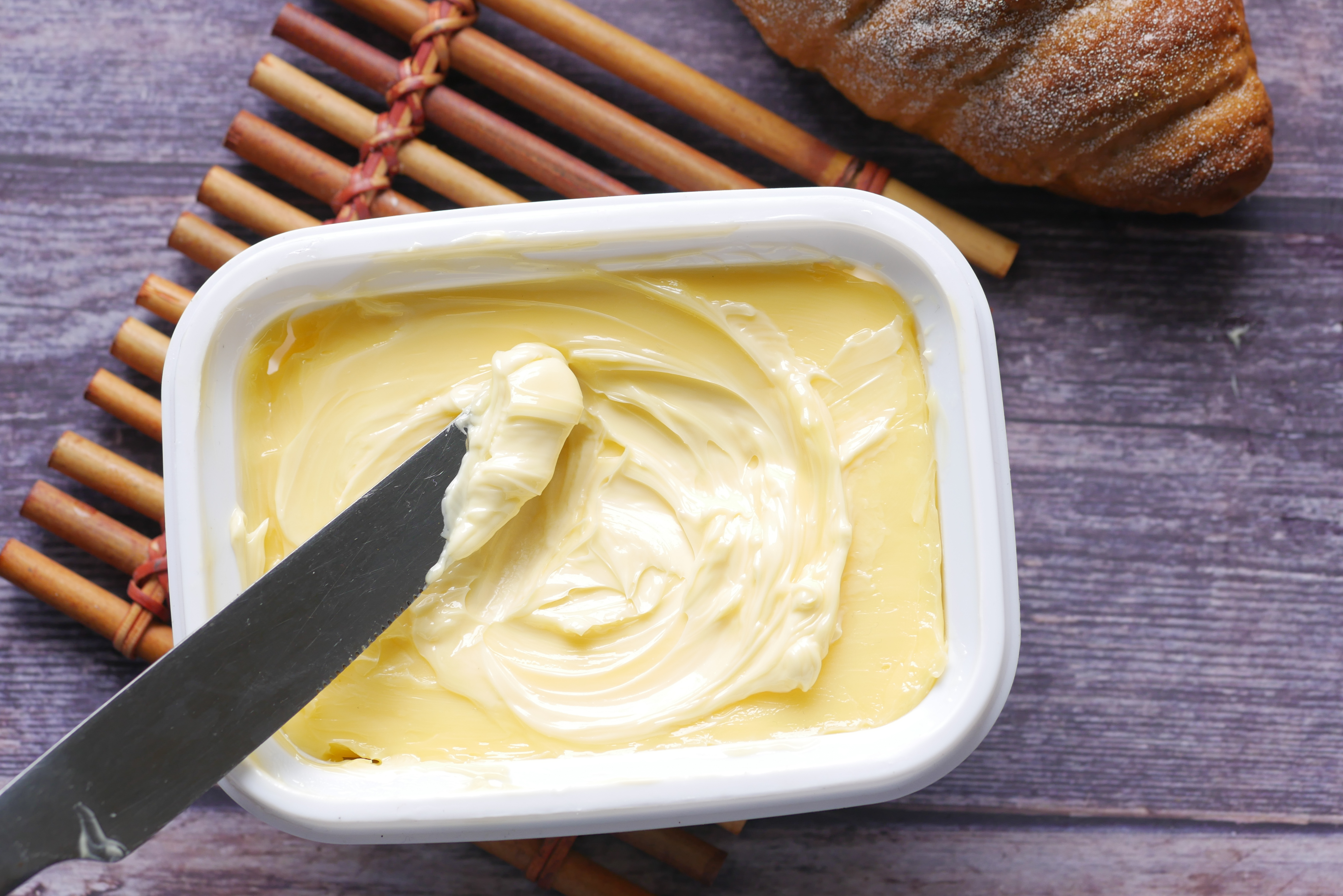Products
Applications
Learning
 Part of the Oxford Instruments Group
Part of the Oxford Instruments Group
A variety of dairy products with a range of fat contents between 1% and 82% were analysed by NMR using an MQC-23 fitted with a 26 mm hydrogen probe. Analyses were conducted using the EasyCal ‘Fat in Foodstuffs’ application software package.

Samples were prepared in duplicate by spreading 3–5 g of each sample on glass fibre filter paper and placing either a) on a metal dish or b) directly inside a glass vial. All samples were dried in an oven at 103°C for ~5 hours (drying time dependent on amount of sample). After drying, the filter samples were placed inside glass vials. All samples were conditioned at 50ºC for one hour, prior to analysis. NMR measurement time was ~32 seconds.
The advantage of this method over extraction techniques is that a large number of samples can be prepared in batches.
Figure 1 shows that a good calibration (Correlation Coefficient = 1.00; Standard Deviation = 0.57) can be obtained using all the samples of dairy produce and an empty tube which represents 0%

Since the hydrogen density of the fat components will vary with food type (e.g. butter, milk, vegetable oils and modified/blended oils) it is recommended that a calibration is generated from fat derived from the same source material. Such a calibration may be generated by a 100% calibration method or a multi-point calibration covering the range of interest.
Fat content measured by NMR against the value *stated on the packaged produce:
| Sample | *Stated fat content (%) | Measured fat content (%) | Difference - relative to calibration line derived from all samples (%) |
| Butter | 81.3 | 81.9 | +0.6 |
| Low fat strawberry yoghurt | 0.8 | 1.1 | +0.3 |
| Raspberry yoghurt | 5.5 | 5.3 | -0.2 |
| Low fat creme fraiche | 15.0 | 14.9 | -0.1 |
| Creme fraiche | 30.0 | 30.5 | +0.5 |
| Single cream | 19.1 | 19.4 | +0.3 |
| Double cream | 50.5 | 49.3 | -1.3 |
Figure 2 shows an excellent correlation was achieved using four types of dairy produce and a zero control. By reducing the calibration range (e.g. 0-20%), data from the previous experiment gave a Correlation Coefficient of 1.00 and Standard Deviation of 0.23%

The MQC-23 provides a means of rapidly measuring fat in dairy produce. Sample preparation is simple and conducive to very high sample throughput. The instrument configuration used in this work may also be used to measure oil/fat in: snack foods; chocolate and other cocoa derivatives; milk powder, infant and nutritional formula; food ingredients; and, animal, pet and fish feed which are all ambient stable, without drying.
The functionality of the instrument may be increased to include the determination of Solid Fat Content (SFC), by the addition of a 10mm hydrogen probe and conditioning/tempering hardware as detailed in the AOCS/ISO standard SFC protocols.
Date: November 2025
Author: Kevin Nott
Category: Application Note

